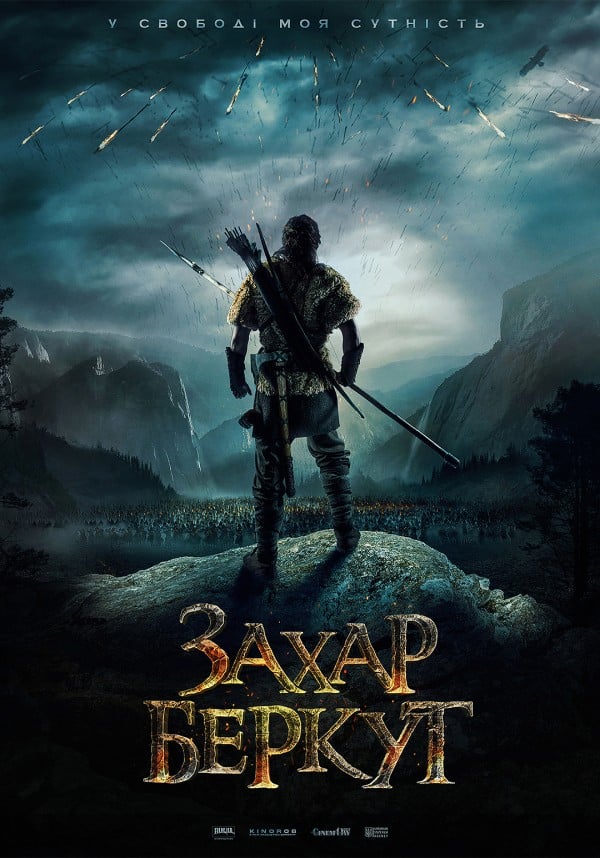Читати книгу - "Genghis Khan and the Making of the Modern World"
Шрифт:
Інтервал:
Добавити в закладку:
Khubilai’s invasions of Japan had failed, but they left a tremendous impact on Japanese social and political life by pushing them toward cultural unification and militaristic government. The Mongols, meanwhile, turned away from Japan, pretending the failures never happened as they looked elsewhere for what they hoped would be easier targets.
The Mongol conquests on land continued. Despite the extreme difficulty of the tropical heat and the unfamiliar landscape, the Mongol army had success in Burma, Annam in northern Vietnam, and Laos. Several of the Southeast Asian kingdoms, including the rulers of Champa in southern Vietnam and Malabar on the coast of India, voluntarily submitted to Mongol rule. In some regard, these acts of submission were more ceremonial than real, and the Mongols lacked the personnel to administer them. The new subjects did, however, send tribute on to the Mongol court, including elephants, rhinoceroses, and a tooth reportedly from the Buddha himself. The exchange of tribute and gifts served as a thin ceremonial disguise for commercial trade that gradually increased in volume and value.
The Mongols not only succeeded in building a unified Chinese state; at the same time, their influence exerted the same pressure on the small states around them. Early on, the Mongols had pushed for the unification of the culturally similar but constantly warring states of the Korean Peninsula into a unified nation. Similarly, in Southeast Asia, which remained beyond direct Mongol administration, the Mongol forces forged together new nations that laid a basis for Vietnam and Thailand. Prior to the Mongol era, the area that today composes the countries of Thailand, Laos, Vietnam, and Cambodia had been decisively Indian in culture and followed the architectural styles, religious practices, and mythology of Hindu India. The Mongols and the Chinese immigrants whom they had brought created a new hybrid culture that thereafter became known as Indo-Chinese.
The Mongols had less success in the islands that are today Indonesia. In 1289, Khubilai dispatched an envoy to Java to request the same submission he had received from the rulers of nearby kingdoms, but the king feared that the Mongols might be planning on taking away Javanese control of the valuable spice trade from the Molucca Islands. The Javanese king defiantly branded the face of the envoy and sent him back to Khubilai, who ordered the preparation of an armada to capture Java and exact revenge on its king, just as he had done in the similar episode in Japan. In 1292, the newly constructed fleet of one thousand ships and boats with twenty thousand soldiers set sail with a year’s supply of provisions. When they arrived in 1293, the Mongols met with easy success, soon killed the offending king, and apparently conquered the island with apparent ease. But then they fell into a trap. Believing that they were preparing for a ceremonial submission by the new king, the Mongol leaders were lured into an ambush, where many of the leaders were killed, and the remaining troops retreated in humiliation from the island.
Khubilai had failed to adapt the successful Mongol strategies to the sea. The ancient techniques of the mounted hunter that his grandfather had used as the basis for his campaigns on land, did not translate to campaigns on ships. In contrast to former sea powers such as Rome and Athens, which had operated in small confined areas of the enclosed Mediterranean Sea, the Mongols had made China into an oceanic power. In this regard, the Mongols portended a new type of imperial power based on naval armadas that would rise in Spain, England, and the Netherlands in the coming centuries.
For the time being, however, Khubilai’s defeats in Japan and Java had drawn the eastern limit of the Mongol Empire which would never extend across the water, not even to closer islands such as Taiwan or the Philippines. Similarly, the defeat by the Egyptian Mamluks in 1260, at the start of Khubilai’s rule, had marked the southwestern border, just as precisely as the voluntary abandonment of Poland and Hungary had marked the northwestern point twenty years earlier. Thus, between 1242 and 1293, the Mongol expansion reached its maximum, and four battles marked the outer borders of the Mongol world—Poland, Egypt, Java, and Japan. The area inside those four points had suffered devastating conquests and radical adjustments to a markedly different kind of rule, but they were about to enjoy an unprecedented century of political peace with a commercial, technological, and intellectual explosion unlike any in prior history.
Every spring when flocks of cranes passed over northern China headed north to breed around the shallow lakes and rivers of Mongolia, Khubilai Khan awaited them in the countryside, stretched out on his silk couch covered with tiger skins in a beautiful gilded pavilion mounted on the backs of four elephants brought to him as part of the plunder from Burma. Too fat to ride a horse and pained by gout, he hunted from the more comfortable confines of this special and elaborately mounted chamber. When he was ready to hunt, the roof of the room rolled back to reveal the white and gray cranes so dense overhead that they appeared as clouds against the crisp blue sky. At the signal from Khubilai, hundreds of falconers lined up on either side of the
!Увага!
Сайт зберігає кукі вашого браузера. Ви зможете в будь-який момент зробити закладку та продовжити читання книги «Genghis Khan and the Making of the Modern World», після закриття браузера.
























